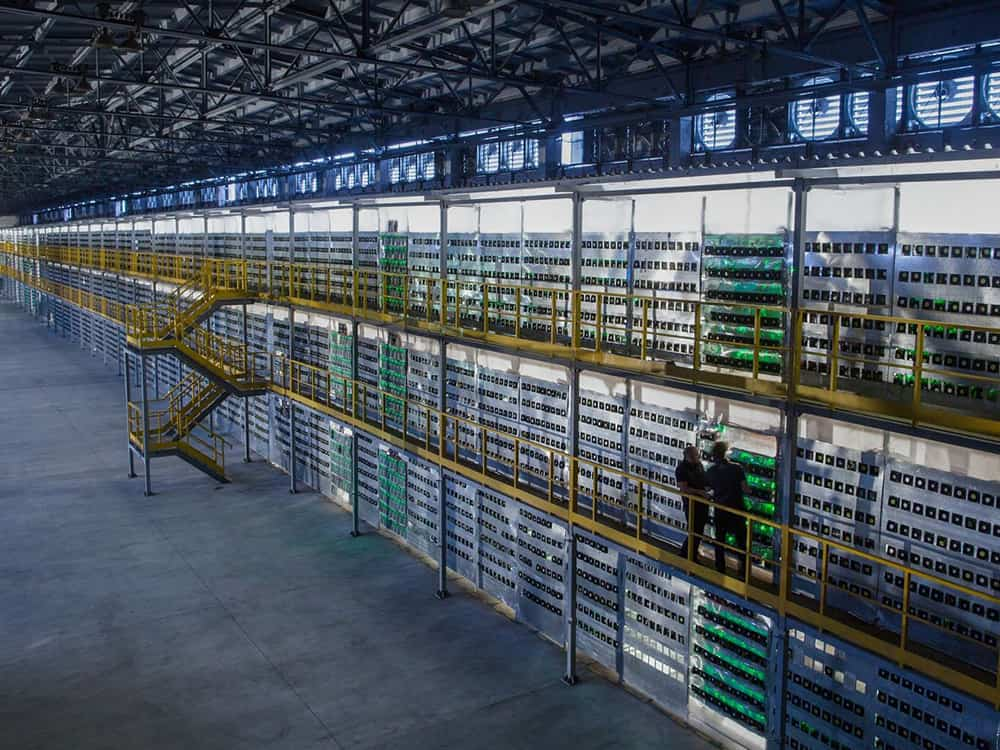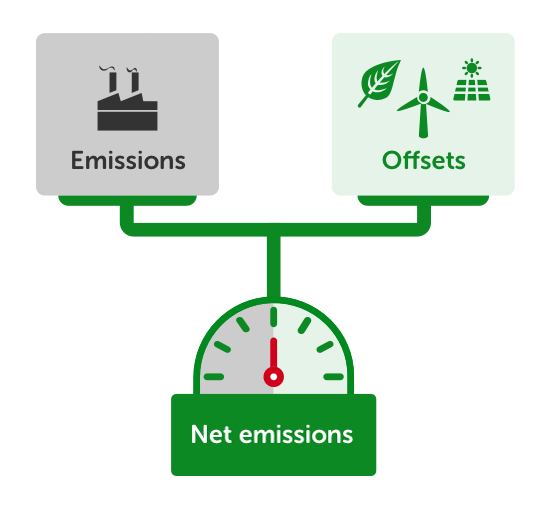Just like anything that involves digital activities, electricity is required to power them.
This in turn will generate more carbon footprint that is released to the atmosphere. The more carbon footprints are present, the more the Earth will suffer.
It has been for along time that the internet is one huge source of carbon footprint. To connect together all of the world's smartphones, tablets and other devices that also include PCs, laptops, IoT devices, as well as the infrastructure and the backbone that lives to to create the digital world, it requires Earth to deal with more than 1 billion tons of greenhouse gases per year.
And that number will keep on increasing as more of the world is digitized, unless big carbon negative campaigns are done to reverse the greenhouse effect.
Another thing that relies on the internet, is the blockchain technology, which powers cryptocurrencies.
And if cryptocurrencies aren't bad enough for the Earth, NFTs can certainly make things worse.

NFTs or 'non-fungible tokens', are similar to Bitcoins.
They are essentially digital assets that don't exist in the real world, and are only available as digital representations of artworks, songs, films and games, among other things.
However, whereas individual Bitcoins all have the same value, NFTs are more like collections of baseball cards. When a digital asset has been tokenized, only one can exist.
So when someone is buying an NFT item, that person is buying a unique certificate of ownership for the digital item, which is locked away inside an immutable distributed database known as a blockchain. This way, the information is transparent and cannot be tampered with.
Because there is no way to really own a digital asset that is available to the public to see and download, the creator of the artwork generally retains the copyright, and in most cases, the owner who purchased the NFT only own little more than bragging rights.
But that bragging right is the thing that makes NFTs so valuable, making many people to jump into the bandwagon to embrace the craze.
NFTs have been around since 2017, when the first mainstream experiment in crypto-collectibles emerged: CryptoKitties. At that time, the average price for one of those cat cards was about $60.
Then when Grimes managed to sell her artworks as NFTs at staggering prices, many followed suit. Some notable instances include a graphic designer who managed to sell a collage of JPEG photos for $69 million, Twitter founder Jack Dorsey’s first tweet that was sold for $2.9 million, and the virtual house on Mars that was purchased for $500,000.
The craze has made artists and others to earn millions of dollars.
But here's the catch: because NFTs depend on a blockchain, they use a lot of energy.
Many NFT creators use Ethereum, a blockchain that is secured using a similar proof-of-work system to Bitcoin. To run the blockchain, it involves an energy-intensive computer function called mining. Specialized mining computers take turns guessing the combination to a digital lock, which comes as a very long string of random digits.
The computer that guesses the combination wins a reward paid in a cryptocurrency called Ether.
Ethereum uses many terawatt-hours of electricity per year.
In comparison, that is larger than the whole of Nigeria.
Because NFTs live inside blockchain, the creators and owners of NFTs can be held responsible for their NFTs' enormous contribution to carbon footprint.

It’s very difficult to calculate exactly how much responsibility the NFT industry should take for Ethereum’s carbon emissions.
But with the growing demand for the digital arts, NFT buyers and sellers are becoming liable for an increasing share of Ethereum’s total energy use.
Others however, like NFT enthusiasts, suggest that the increasing popularity of blockchain technology, with its huge appetite for energy, provides incentives for upgrading energy grids from fossil fuels to renewable sources.
But it should be noted that a similar argument had been made by others, like by the airline industry, which suggested that in order to fund the efficiency innovations that could make aviation greener, people should fly more, not less.
For NFTs, that suggestion can be difficult to realize.
Mining that requires lots of power, requires dependable source of electricity. And coal-power grids are still the most ideal.
One of the ways to decarbonize the industry, is through carbon offset.
Carbon offset works by allowing fossil-fuel eaters to buy offsets in order to fund conservation works that to undo what they did. Each carbon credit purchased is equivalent to one ton of carbon saved, which is either stored in a tree or theoretically prevented from escaping into the atmosphere through some sort of industrial innovation.

Summary
With an increasing parts of the world are turning digital, there is no denying that the demand for electricity will continue to rise.
The more the digitalized world requires fossil fuel to run, the more the Earth will suffer from its carbon footprints.
In the case of NFTs, it's the artists themselves who should be the ones pushing most of the changes. If they can earn significant amount of money from selling their digital works, they can purchase carbon offsets to help create a greener blockchain.
And if this continues, crypto-based arts should be sustainable commodity beyond the foreseeable future, that is environmentally friendly.
While carbon pollution is a zero-sum problem we humans cannot offset out of, carbon offsets are necessary for hard-to-decarbonize sectors. Aviation industry is one huge contributor, but blockchain is worrying because its hunger for electricity is never down since its first inception in 2009.
Further reading: Bitcoin Mining: The Hungry And The Dirty That Are Affecting The Planet